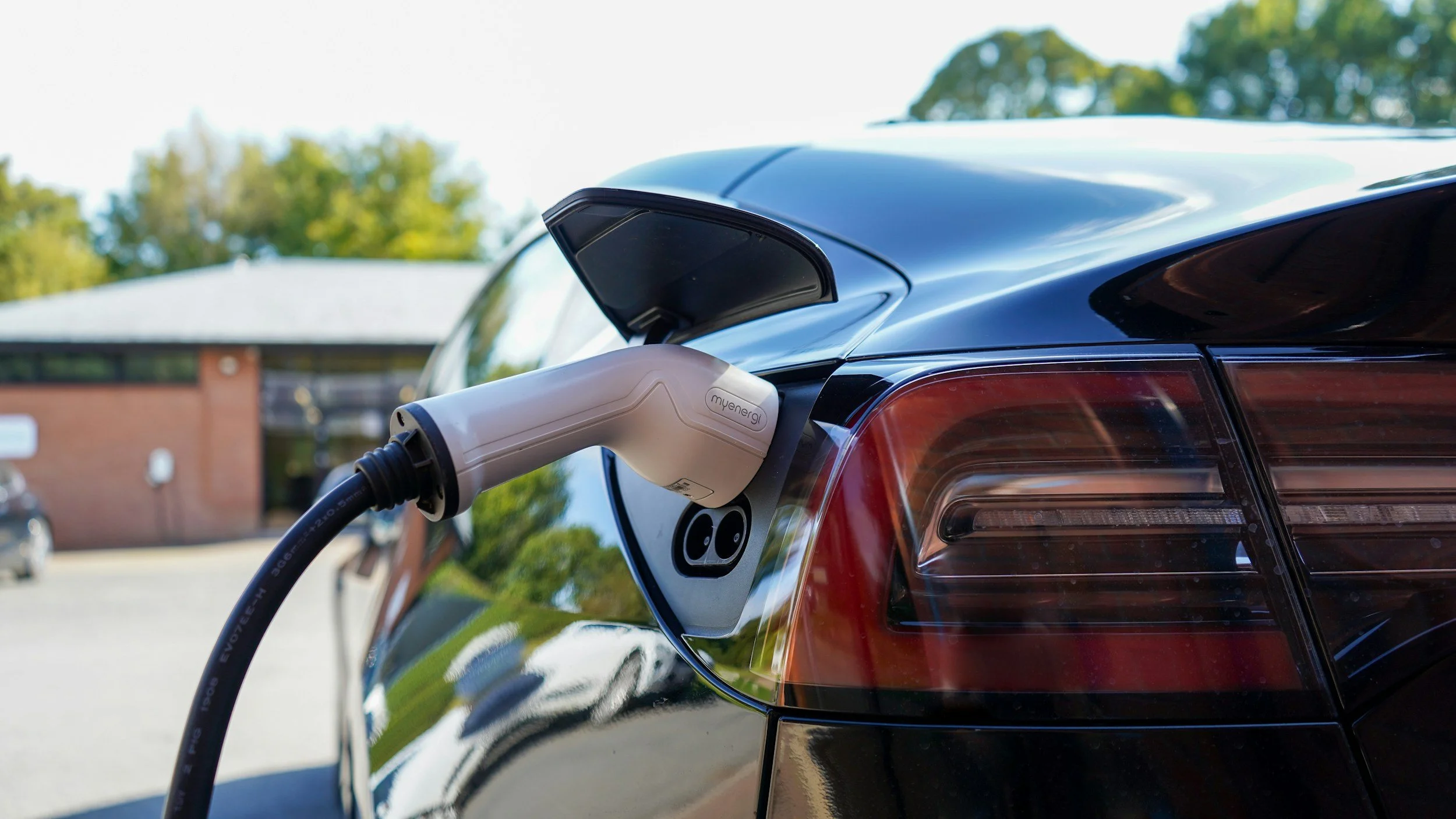Build a Electromagnet
Fusion Energy:
Fusion energy is a form of renewable energy that uses heat from nuclear fusion reactions to generate power and electricity. In the fusion process, two lighter atomic nuclei combine to form a heavier nucleus, which releases a vast amount of energy. The energy that is released is harnessed in devices called fusion reactors.
In fusion research, electromagnets are essential for plasma confinement and heating. Plasma confinement uses powerful electromagnets to create magnetic fields that trap the extremely hot plasma within a reactor, preventing it from touching the reactor walls. This process helps maintain the high temperatures and pressures necessary for successful nuclear fusion, a promising source of clean energy that mimics the processes occurring in the Sun.
Electromagnets are a type of magnet which the magnetic field is produced by an electric current. It consists of a wire wound into a coil that has electricity passing through it. A coil that is wrapped into the shape of a cylinder is called a solenoid. When current is introduced, either from a battery or another source of electricity, a magnetic field is created around the coiled wire which causes it to magnetize.
















